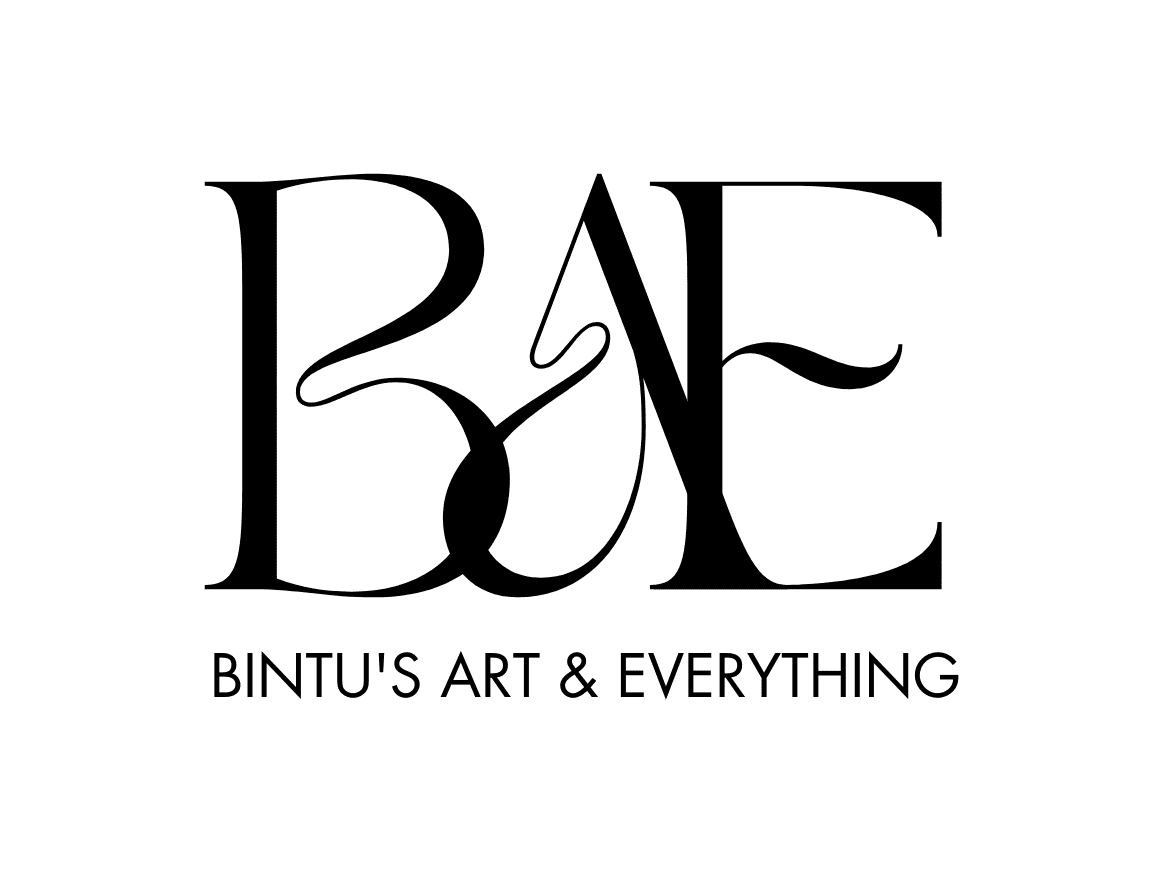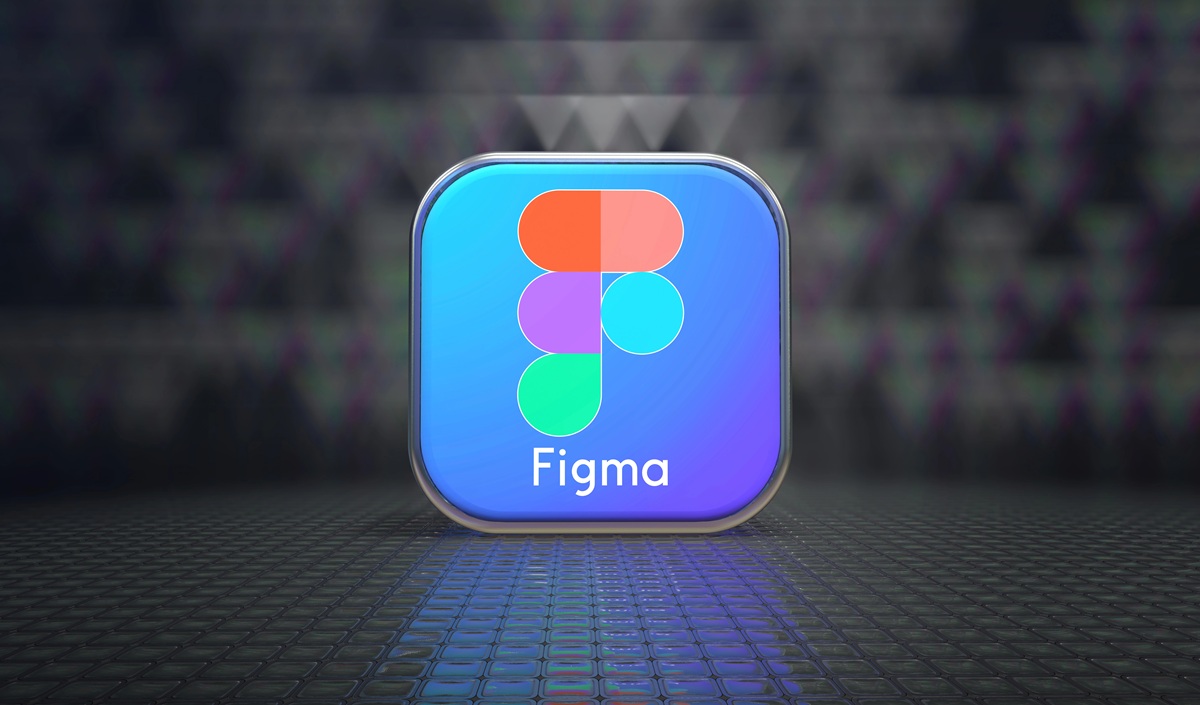Figma has taken a big step forward in the world of design and artificial intelligence. The company announced it has acquired Weavy, a startup that specializes in AI-powered image and video generation tools. The new division will be called Figma Weave, signaling how Figma plans to blend creative workflow and AI tools into one platform.
This acquisition is important for anyone who uses design tools, creates media, or works in marketing. It shows how major design platforms are evolving and why these changes matter for everyday users.
What happened?
Weavy is a Tel Aviv-based startup founded in 2024. The company raised $4 million in a seed round in June, led by Entrée Capital and backed by Designer Fund, Founder Collective, and Fiverr founder Micha Kaufman. Weavy built tools that let users generate images and videos using AI models, then refine them with editing tools. Those tools include layered edits for lighting, angles, colors, and combining multiple AI models for more control.
Figma acquired Weavy and announced their new brand, Figma Weave, to bring the Weavy team and tech into the Figma ecosystem. About 20 people from Weavy will join Figma, though the financial terms of the deal were not made public. For now, Weavy will function as a stand-alone product, but over time it will be integrated into Figma Weave and the broader Figma platform.
Why this matters for designers and creators
If you are a designer, you might ask why this deal matters for you. Here are some key reasons:
- Stronger AI media tools inside design workflow
Weavy’s tech brings high-quality AI generation of images and videos into Figma’s world. That means less time jumping between tools or dealing with separate apps. - Editable and layered output
Weavy’s tools create media you can edit. Instead of a flat image you cannot change much, you may have layers, moveable parts, and refined details. This means more control, better results, and quicker revisions. - Collaboration and brand work
Figma is already known for its collaboration features in design. With AI media generation added, teams can now imagine, create and revise visual content together, faster than before. - Better workflow for product mock-ups and marketing
The tools let users generate product images, videos, or brand styling quickly. For marketing teams or product designers, this could reduce cost and speed up the process.
How Weavy’s tools work
To give you an idea of what Weavy does:
- You begin with a prompt that says “create a modern product video with soft lighting.”
- On an infinite canvas you look at results from different AI models.
- You pick the one you like, then you add a prompt for video generation.
- At any point you can edit the result, change color, lighting, angle, or even branch off into remixing several versions.
- You can combine different models for fine-tuned control: some models for images, others for video.
In short, you move at the speed of AI generation but keep control of how the output looks.
What Figma said
Dylan Field, CEO of Figma, commented on the acquisition and said: “This node-based approach brings a new level of craft and control to AI generation. Outputs can be branched, remixed, and refined, combining creative exploration with iteration and craft. The Weavy team has inspired us with the balance they’ve struck between simplicity, approachability, and power.”
This statement shows Figma’s vision: merging ease of use (simplicity) with the power of advanced tools (craft) so more people can create high-quality media with less friction.
What this means for the design industry
Design tools are changing fast. A few years ago you needed heavy software and many manual steps to create a professional image or video. Now AI media generation is becoming part of the workflow. Figma’s move is a clear signal that the industry is shifting in these ways:
- Media generation meets design workflows: Not two separate tools, but one tool that does both.
- Faster output, more customization: AI helps produce high-quality output quickly, but with layers and editing for fine-tuning.
- Collaboration becomes more seamless: Designers, marketers, and product teams can work in the same app.
- Competition intensifies: Companies like Figma, Adobe, and others will race to integrate AI deeply. Users benefit from better tools, but also must learn new workflows.
What to watch for
If you use Figma or look for design tools, here are some key things to keep an eye on:
- Integration of Figma Weave: How soon will Weavy’s features show up inside Figma? Will they work smoothly with the existing tools you use?
- Layered media support: Can you edit all parts of a video or image easily? Will you get full control over lighting, angle, color and movement?
- Collaboration features: Will team work in these new tools be fast and intuitive? Will marketers, designers, and product teams all use the same system without friction?
- Access and pricing: Will these advanced AI tools be available to all users, or only premium tiers?
- Training and community support: With new tools often comes a learning curve. How well will tutorials and community examples guide users?
The Bottom Line
The acquisition of Weavy by Figma is a strong indicator that the future of design is being re-shaped. Instead of separate apps for design, media creation, and marketing, we are seeing tools converge. Figma Weave may become a central hub for users who want to create images, videos, designs, data visuals, and marketing assets all in one place.
For designers, creators, and teams, this means the tools of tomorrow are closer than ever. Easy access to AI generation with full editing control is no longer just a niche dream. With this move, Figma is stepping into that future.
If you are involved in visual work, it’s time to pay attention. The way you create may soon change—but in a way that could make your workflow faster, smoother and more powerful.
Also Read:Canva launches its own design model, adds new AI features to the platform

